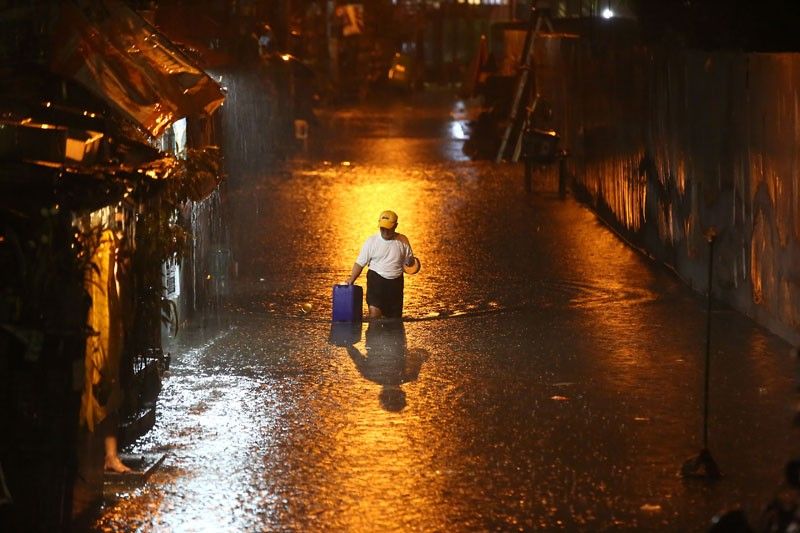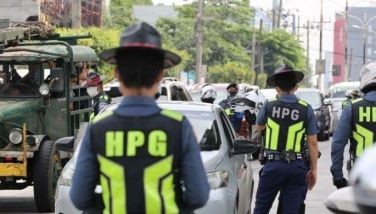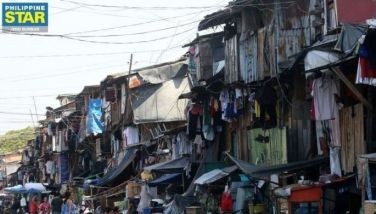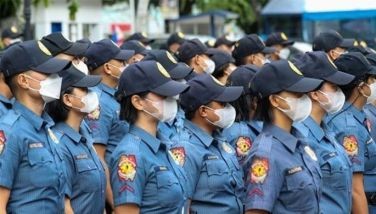Storm-type alerts to give flexibility to LGUs

MANILA, Philippines — Instead of widespread community quarantine rules, local government units (LGUs) in Metro Manila could have more say in enforcing granular lockdowns with “storm-type alerts,” Metropolitan Manila Development Authority (MMDA) Chairman Benhur Abalos said yesterday.
“This is like storm warnings with Signal Number 1 to 4, with these alert levels to be determined by the DOH,” Abalos said over dzBB, referring to the Department of Health.
He noted that the four-level alert system would depend on the rate of COVID-19 infection, the presence of coronavirus variants, and operational capability of hospitals that admit coronavirus patients.
A technical working group composed of the DOH and the Department of the Interior and Local
Government (DILG) is currently crafting guidelines for the implementation of the planned four-level granular lockdown system in the National Capital Region (NCR), Abalos said.
Presidential spokesman Harry Roque said the uniform guidelines for the implementation of granular lockdowns are still being threshed out.
“In principle, the pilot granular lockdowns in Metro Manila are already approved but the details will be released either later or tomorrow. We are finished with the consultations with the mayors and the details we will release will already consider the inputs from our mayors,” Roque said.
He added that giving aid to areas under localized lockdowns would be a “shared responsibility” between the national and local governments.
Three Cs
Abalos said Metro Manila’s 17 LGUs could enforce the four-alert system by imposing limits on capacities of certain sectors and industries under three Cs: close-contact which involves personal care services like hair and nail care; crowded like churches, conventions and exhibitions; and closed spaces like restaurants.
Alert level 1 would allow all three C sectors to operate, while alert level 4 would prohibit them from opening and accepting guests or customers.
Alert level 2 would limit the capacity of the three C sectors to 50 percent, and 30 percent or less on alert level 3.
“It will depend on the mayor if he will implement it on a street, barangay or the entire city,” Abalos said.
For his part, Labor Secretary Silvestre Bello III hoped granular lockdowns could curb the displacement of workers in the country. “This will provide our workers with the opening for them to report for work. If this new protocol will succeed and continue, we may be able to return to normal,” Bello said.
High risk
DOH Undersecretary Maria Rosario Vergeire yesterday said almost 5,000 new COVID-19 cases are being recorded in the NCR, where health system capacity is also at “high risk.”
“NCR continues its upward trend with reported cases increasing by 13 percent compared to the previous seven days,” Vergeire said, noting that from Aug. 30 to Sep. 5, average daily cases were at 4,974 with a total of 44,542 active cases.
Except for the city of Manila, Vergeire said that all 16 cities and town in NCR are now under the highest alert level 4, with health care utlilization rate more than 70 percent. – Alexis Romero, Sheila Crisostomo, Mayen Jaymalin
Related video:
- Latest
- Trending


























